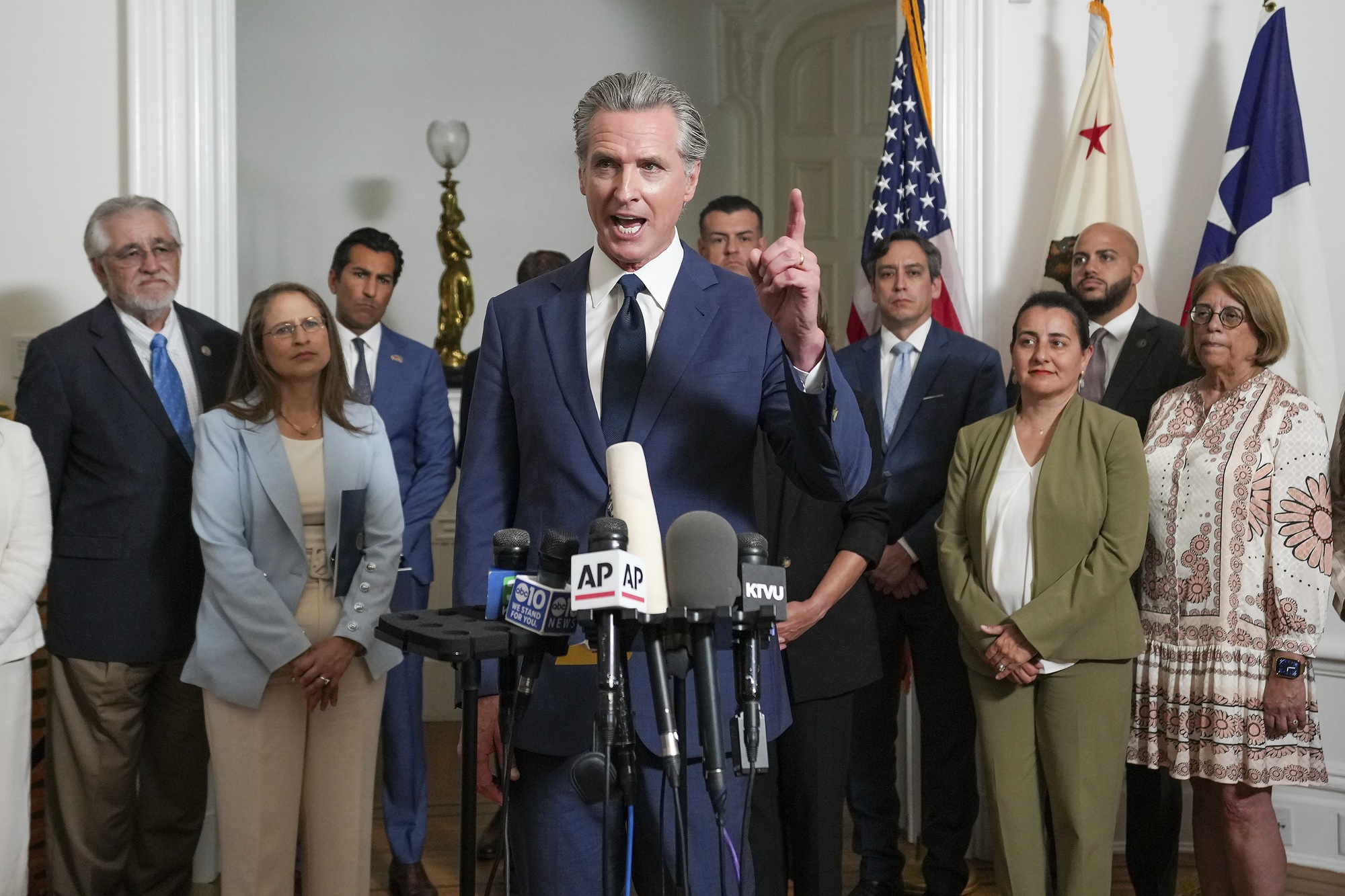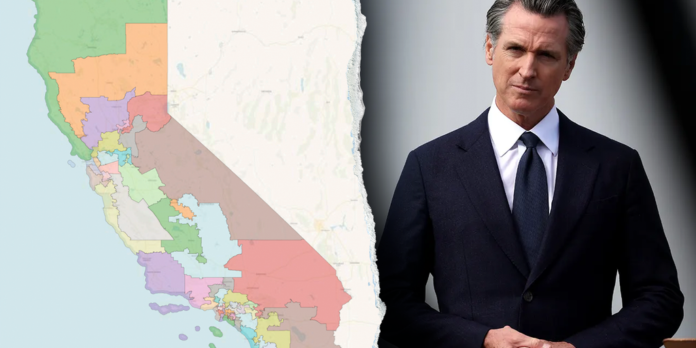California Democrats Release New Maps
California Democrats released their long-awaited redistricting proposal on Friday, aiming directly at Republican-held seats. Governor Gavin Newsom presented the plan as a counter to Donald Trump’s push for Republican-leaning maps in Texas. The proposal targets five GOP House members and could reshape the political balance in Congress. Newsom said the plan is a defense against what he called Trump’s attempt to “rig the system.”
According to party leaders, the proposal would change boundaries in twenty districts, while leaving eight of California’s fifty-two districts untouched. Less than ten percent of residents across those districts would be directly affected.
Impact on Key Republican Districts

The proposed maps specifically focus on five Republican representatives: Kevin Kiley in Northern California, Doug LaMalfa near the Oregon border, David Valadao in the Central Valley, Ken Calvert in the Inland Empire, and Darrell Issa in San Diego County.
For example, Doug LaMalfa’s district, which has long been considered safe for Republicans, would absorb parts of Sonoma County. This change would take away his large Republican edge and instead give Democrats a ten-point advantage in the area. This shift alone could turn one of the most reliable Republican seats in California into a competitive battleground.
A National Fight Over Redistricting
The move by California Democrats is not only about state politics but is part of a much larger fight. Donald Trump recently pushed Texas Republicans to redraw five congressional districts to favor his party. Texas Democrats tried to block the move by leaving the state and breaking quorum, but they have hinted they may return once California’s proposal is officially filed.

The stakes are high. Republicans currently hold a slim 219–212 majority in the U.S. House of Representatives. Shifts in a handful of seats in either California or Texas could decide control of Congress, and with it, the future of Trump’s legislative agenda.
Texas Representative Eddie Morales described the situation as a “cold civil conflict,” saying that state politics are now closely tied to national struggles.
What Happens Next
California lawmakers will return from recess on Monday and face a deadline of August 22 to approve the plan. A two-thirds majority in both chambers is required. If approved, voters would decide the final outcome in a special election scheduled for November 4.
Governor Newsom emphasized that the new maps would only take effect if a Republican-controlled state moves forward with its own redistricting. He framed this as a way to avoid unnecessary conflict unless provoked. “Donald Trump, you have poked the bear, and we will punch back,” Newsom said during a press event, positioning himself as one of Trump’s strongest opponents.
Personal Analysis
This political fight shows how redistricting has become one of the most powerful tools in American politics. What used to be a technical process of adjusting boundaries has now become a weapon to lock in partisan control. California’s plan is clearly designed not just to respond to Trump but also to remind Democrats nationwide that they can fight back using the same strategies.
However, the strategy carries risk. While Democrats could flip Republican districts, voters might see the move as political gamesmanship and respond with distrust. If Republicans use this narrative effectively, they could gain sympathy and energize their base before the 2026 midterms.
The larger issue is that voters in many districts are now secondary to political maneuvers by state leaders. Both parties are using maps to gain advantage rather than letting local communities decide representation naturally. This ongoing “map war” will not only affect seats in Congress but may also fuel deeper division across the country.

